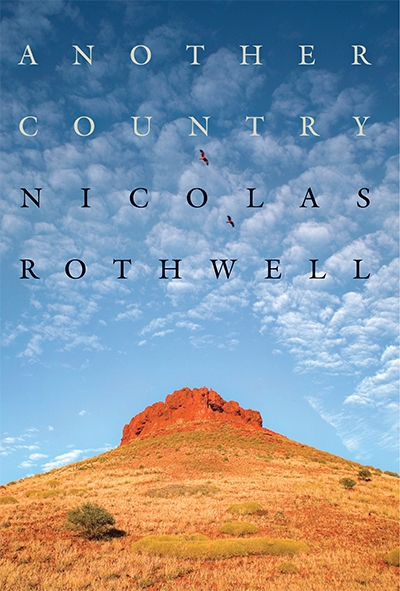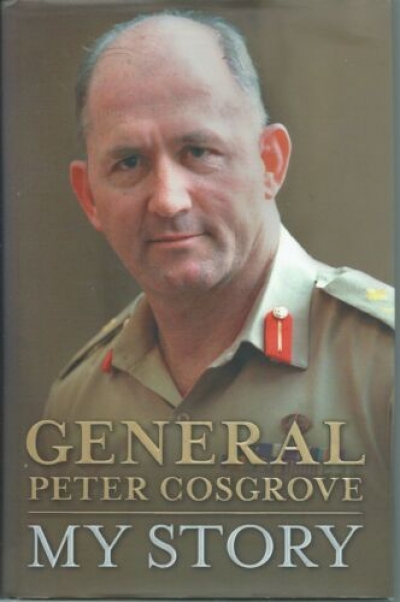Biography
A Castle in Tuscany: The remarkable life of Janet Ross by Sarah Benjamin
by Ros Pesman •
General Peter Cosgrove by Peter Cosgrove & Cosgrove by Patrick Lindsay
by Brian Matthews •
SAMUEL TAYLOR COLERIDGE: A LITERARY LIFE by William Christie
by Robert White •
The Patrician and The Bloke: Geoffrey Serle and the making of Australian history by John Thompson
by John Rickard •
A Big Life by Jenny Kee (with Samantha Trenoweth)
by Gay Bilson •
Jonestown: The power and the myth of Alan Jones by Chris Masters
by Graeme Turner •
The Gods of Freud: Sigmund Freud's art collection by Janine Burke
by Kerryn Goldsworthy •










